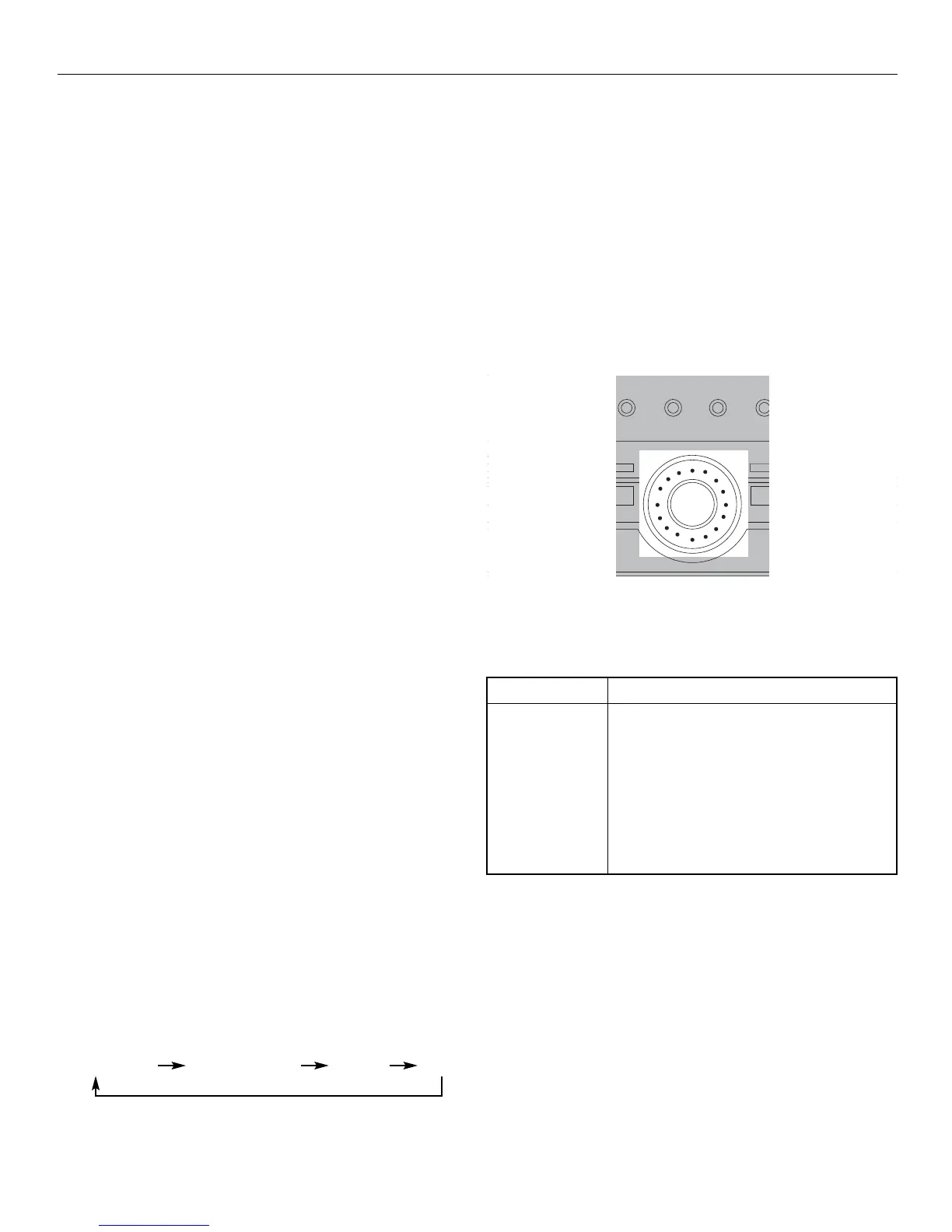ADVANCED SOUND CONTROL
18
Stereo
The stereo mode uses the two main channel outputs
from the front of the speakers. Use this mode if you
have connected the front speakers only.
DSP (Digital Sound Processor)
These digital sound effects resemble sounds in a
real environment such as Stadium, Concert, Theater,
Arena, Church, Club. DSP automatically converts
analog audio signals to digital ones which enables
you to adjust the sound without degrading the
sound quality. Different modes will give you
different feel of size and type of listening
environment. (Not available in Dolby Digital (DVD)
or during Digital input).
Night Mode
By using Dynamic Range Compression technology,
you can enjoy enhanced sound quality by Dolby
Digital at night without interrupting your roommates
or neighbors. While enjoying a Dolby Digital
enabled component (DVD, SAT), you can activate
NIGHT MODE by pressing the NIGHT button on the
front of the receiver and this mode will compress the
difference in volume between normal voices and
sounds like explosions.
ATTENTION: Night Mode can be functioned only during Dolby
Digital 5.1 playback.
FINE SETTING OF THE COMPONENTS
The receiver has pre-selected the best surround
mode for you once you turn on the unit by pressing
the SOURCE Buttons (like DVD, SAT, CD) directly.
If you decide to change the surround mode, you can
press the SURR. MODE button repeatedly to toggle
among the different surround mode choices and
select the one you want.
ATTENTION: To play Doby Digital 5.1, you must connect the DVD to
your receiver with a digital signal (Coaxial or Optical) + the sound
source (DVD software) must be 5.1 encoded.
Dolby Pro Logic Dolby Digital 5.1 3-Stereo Stereo
Input Signal Setting
The receiver defaults to the most convenient settings
for your easiest use (see table).
If your connection is different from the default
setting:
1) Select the source
2) Press MODE/SET
3) Rotate MULTI JOG to toggle among
Optical/Coaxial/Analog to match your connection.
Your selection will be stored automatically.
Every time you press the source button, the input
setting (e.g. DVD/OPTI) will be shown on the
display for a few seconds.
Digital Input
Select this setting to play digital signals from a DVD,
CD, LD player, SAT or TV.
NOTE:
Digital input is only available for DVD, SAT, CD
and TV.
